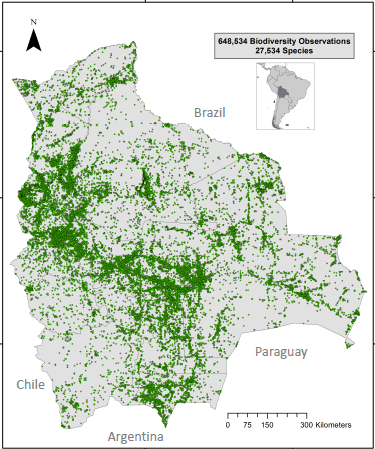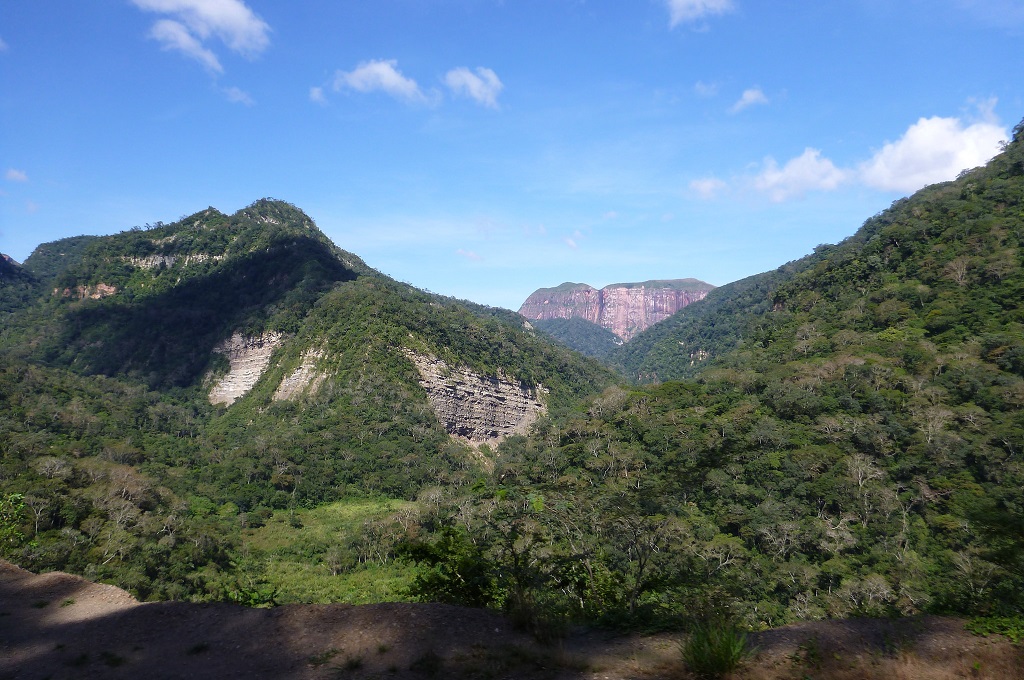 Haga clic aquí para leer en Español
Haga clic aquí para leer en Español
In the last two decades, societies are witnessing a change in the paradigm on how to deal with information. We are rapidly moving from data control schemes to more collaboration, integration and sharing.
Within the biodiversity community, there is a plethora of initiatives dedicated to collecting data on multiple dimensions of biodiversity and at different spatial scales and resolutions. More data could lead to improved knowledge on how biodiversity is distributed in space and how it is changing over time; both components are essential for better informed policy-making and more accurate scenarios for conservation and management.
However, quantity does not mean quality. One of the main problems is that not all biodiversity data was collected using a sampling design appropriate for monitoring in space and time.
The country of Bolivia, at the heart of South America, is a perfect example where high levels of biodiversity, deficient information and high degrees of degradation overlap. Baseline information even for the most well-known and charismatic species data is lacking.
Bolivia has extraordinary potential to develop a monitoring strategy aligned with the objectives of the Group on Earth Observations Biodiversity Observation Network (GEO BON). Bolivia is already working on the adequacy of national earth observations towards the objectives of the Global Earth Observation System of Systems (GEOSS). However, biodiversity is still an underrepresented component in this initiative. The integration of biodiversity into Bolivia’s GEO framework would confirm the need for a country level biodiversity monitoring strategy, fundamental to assess the progress towards the 2020 Aichi targets.
This study analyzed two aspects of the process of developing such a strategy:
- identification of taxonomic, temporal and spatial coverage of biodiversity data to detect both availability and gaps; and
- evaluation of issues related to the acquisition, integration and analyses of multi-scale and multi-temporal biodiversity datasets.
These efforts resulted in the most comprehensive biodiversity database for the country of Bolivia, containing 648,534 records for 27,534 species referenced in time and space that account for 92.5% of the species previously reported for the country.
This information was then capitalized into recommendations for the implementation of the Bolivian Biodiversity Observation Network that will help ensure that biodiversity is sustained as the country continues on its path of development.
